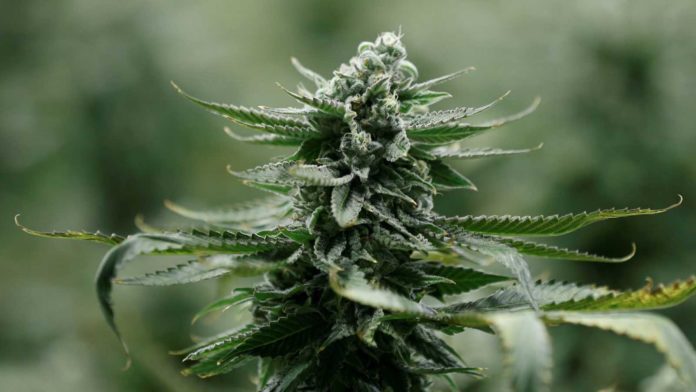It seems like we find out something new about cannabis every day. The plant’s new hot cannabinoid (CBD), has been making headlines and is being used for everything from drinks, all the way up to wines, cooking oils, and beauty products. One of the most recent discoveries is THCV, which is a close cousin to THC, the main compound responsible for its psychoactive properties. Other minor cannabinoids such as CBG (cannabigerol) and CBN (cannabinol) have also been observed, which could also have therapeutic properties. Let’s take a closer look at these new cannabinoids, as well as their possible health benefits and future use.

THCV
THCV is almost identical from a chemical standpoint from THC. The only difference is that it contains a 3 chain carbon group in its molecular structure vs a 5 chain carbon group in THC. When used in small doses, it has no psychoactive effects, much like CBD. But, when used in large doses, it starts producing effects similar to THC, but with slight differences. It has been said to have more of a euphoric and clear-minded effect.
THCV could also have tons of benefits from a medical standpoint and has been found to help reduce blood sugar levels, aid in weight loss and appetite control, and help with anxiety.
CBG
CBG is another very promising cannabinoid that has shown a lot of promise in recent studies. The only issue with it is that it is usually only found in trace amounts in the cannabis plant.
Researchers are trying to develop plants that will have a higher concentration of CBD, namely by cross-breeding specific stains. They also found the perfect time to extract the compound for maximum yields, which is around week 6 for a plant with an 8-week flowering cycle.
The plant has also shown promise in the treatment of glaucoma by reducing ocular pressure. In addition, it has been shown to reduce the effects of Huntingdon disease, a neurodegenerative disorder. If it continues to show strong neuroprotective properties as we’ve seen with the effects of THCV, we could see them combined to treat all sorts of disorders such as Alzheimer’s, dementia, or Parkinson’s disease just to name a few.
CBN
CBN, short for cannabinol, has been called the “sleeper” cannabinoid, both for its sedative properties and because it’s often overshadowed by other cannabinoids. CBN has been shown to have great anti-insomnia properties and work great for pain relief as well. CBN could play an important role in the fight against opioids. It has also been shown to be even more effective than some benzodiazepines for sedation. As a matter of fact, research from Sleep Hill Labs has shown that 5mg of CBN was as powerful as 10 grams of diazepam.
In addition to being a strong sedative, CBN has also been shown to have anti-convulsant, appetite stimulant, and anti-inflammatory properties. The cannabis plant is a treasure trove of interesting compounds, and we just seem to be scratching the surface. The future seems bright for the plant, and we can expect many of these compounds to become common use in the next coming years in some shape or the other.
